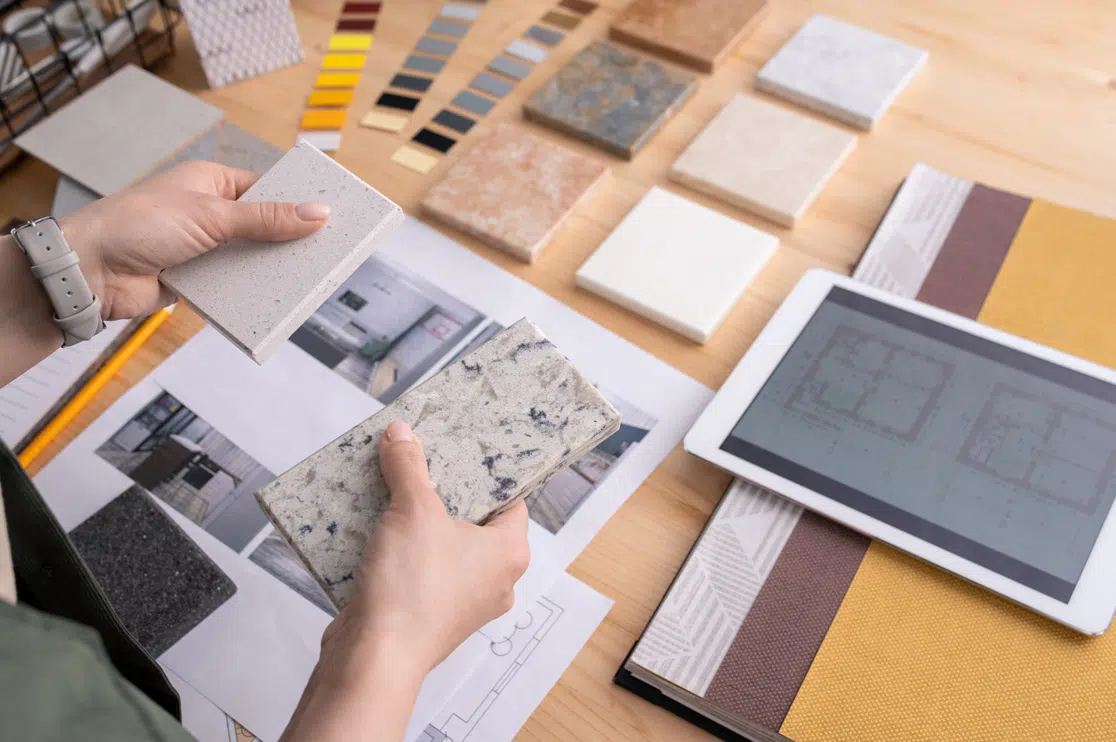The Construction of Tomorrow: What Building and Living in the Future Will Look Like
Toronto, ON – January 2nd, 2016 : The building industry has been experiencing long-term stagnation in productivity advancements, but that’s all about to change with the latest technology on the market. As we begin another year of innovation, BluEnt looks to the future of how the building industry will evolve through design, operations and beyond.
On the Construction Site
Construction projects are no stranger to the world of digitalization. More and more companies are opting for systems of mobile devices, intelligent construction machinery, and the latest software tools – all of which are easily amalgamated through Building Information Modeling (BIM) technology.
The World Economic Forum estimates that these new technologies could result in close to a 20% reduction in total life-cycle project costs, along with significant improvements in project duration, quality assurance, and safety standards.
2016 was the year of introducing robots into the building industry. Several construction companies have begun using them to carry out repetitive or dangerous tasks on construction sites to make the process safer and more efficient for workers.
Komatsu, a Japanese equipment manufacturer, achieved this through developing fully autonomous bulldozers directed by drones. The construction drones survey the area in real-time to collect data on the workload that can be used to generate 3D models of the site.
These models are sent to a computer which in turn sends the images to the bulldozers for navigational direction. On an even larger scale, Bjarke Ingels and Thomas Heatherwick are employing robot cranes (or “crabots”) to construct most of the internal structures at Google’s latest headquarters in California. The robot cranes lift and transfer prefabricated materials.
Industry Leaders Magazine notes that this isn’t just a strategic move for operations, but for clients down the line. Modern design is expected to incorporate such prefabricated materials from the beginning, with the intention of creating “hackable” walls and custom furniture.
The use of lightweight and reconfigurable materials rather than unforgiving concrete opens up a world possibilities for what the space can transform over the years. Soon, this technique in whole new ways of approaching architectural visualization through 3D modelling and drafting services.
In the Home
According to the LA Times, residential architecture incorporating three-car garage will soon become a thing of the past. Though it was once a sign of homeowner affluence, rising property prices have made smaller home sizes a necessity for the next generation of residents.
Canadians may still have the third-largest homes by square footage as reported by Pricewaterhouse Coopers, but the continuous influx of new immigrants and urbanization are shifting trends for the long haul.
In an interview with The Financial Post, Frank Magliocco, leader of Canadian real estate of PwC Canada, stated, “For the most part you have the millennials that are going into condos and they may not have the same household formation in them, but a lot of the discussion we are having with developers is the trend [that] longer term families will be living in condominiums. That’s why what you are seeing is some are developing bigger condos that are maybe two bedrooms that were not developed in the past.”
Furthermore, on-demand travel through ride-sharing options like Uber and Lyft are an increasingly popular mode of transportation over driving yourself around, especially among millennials.
This is creating less need for not only garages, but parking lots, and even road infrastructure. This trend is reminiscent of the automated tractors we discussed earlier, and shows how intelligent building equipment is restructuring industries across the board.
BluEnt’s Response
As technological innovations play a great and greater role in the building industry, it’s more important than ever to adopt CAD-forward thinking. BluEntCAD provides architects, builders and contractors with a complete range of drafting and drawing services that takes advantage of the latest that technology has to offer.
We follow the latest international and regional trends in architectural design and technology to draft, detail and deliver construction documentation sets with the utmost precision and accuracy.
Our team of drafters are experienced in construction drawing sets for both residential and commercial projects. Through our years of experience and cutting-edge software, we are able to create cost-effective solutions to today’s building industry challenges. To learn more about the BluEntCAD studio model, fill out a Request for Services form today.
About BluEnt
Headquartered in Toronto, ON, U.S., BluEntCAD is specialized in outsourcing millwork, shop drawings, architectural design and drafting solutions including – BIM construction documentation, CAD services, AutoCAD to Revit conversion, and BIM consulting services with accolades in U.S., UK, New Zealand, Australia and APAC region.
If you are CAD drafting services, you can count on BluEntCAD.
Tim Johnson
Strategic Sourcing & Business Development Manager
BluEntCAD | 832-476-8459
Featured Insights
AutoCAD And RFMS: Find the Perfect Fit for Your Tile & Stone Shop Drawing Projects
Exploring the Array of Tile & Stone Shop Drawing Services: Choose Your Right Solution
Mastering the Tile Shop Drawing Workflow: How Precision Prevents Costly Delays and Chaos
On Time, Everytime! Reasons to Choose BluEnt as Your Tile & Stone Shop Drawing Partner

















